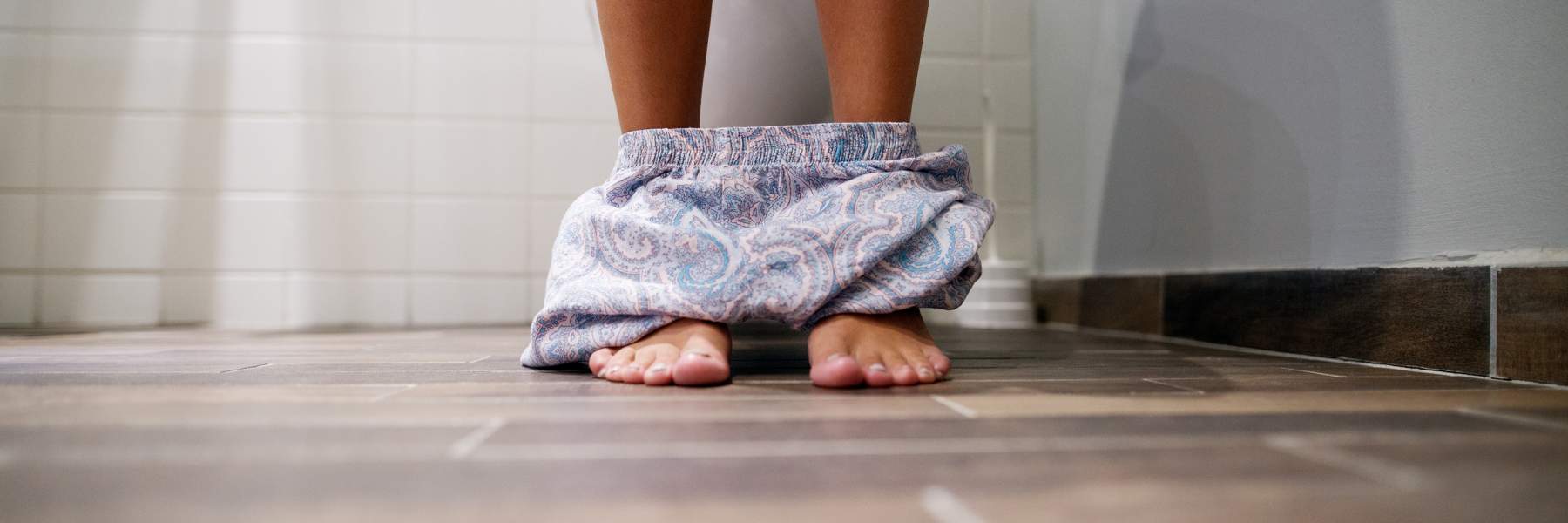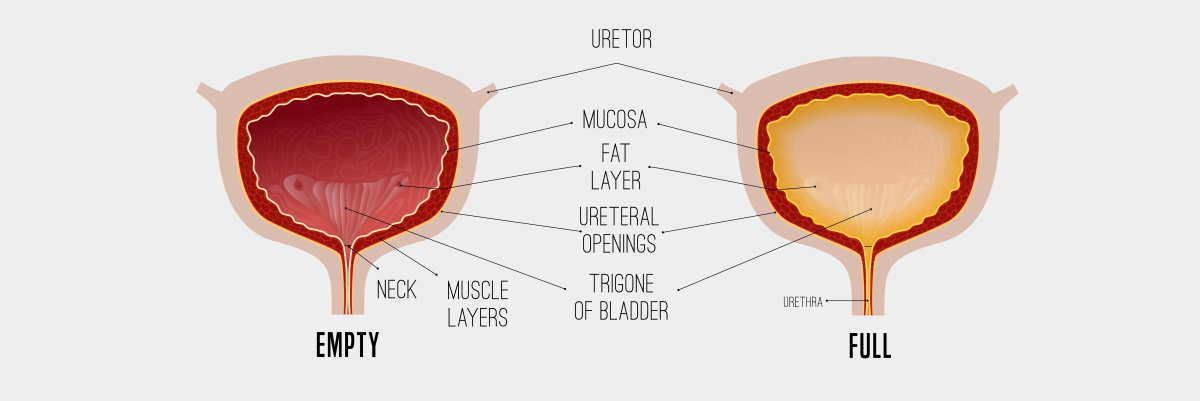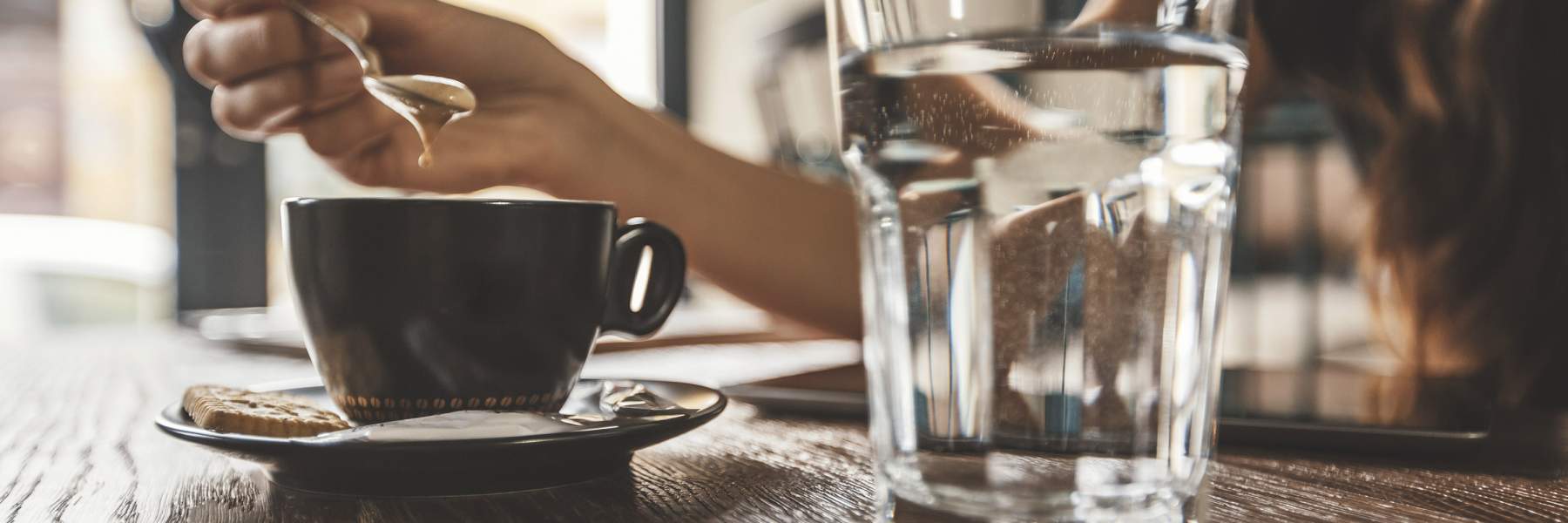The urinary system removes waste from the body in the form of urine (wee). Endometriosis near the bladder can lead to changes to how often we urinate and can make urination painful. These symptoms may worsen before or during a period, when the bladder is full or when it is emptying. In more severe cases, blood in the urine can result, and urine can be ‘tea-coloured’.
Due to the close proximity of the uterus and bladder, endometriosis can affect the urinary system in up to 0.3-12% of people with mild endometriosis and 20-52% of people with severe endometriosis.
Symptoms can occur even if there is no endometriosis on the urinary structures. For example, an endometrioma (a large cyst-like collection of endometriosis – also known as a chocolate cyst) on the ovaries can disrupt the anatomy of the pelvic organs and compress the bladder or ureters which can affect urination.

Investigating urinary symptoms
Because endometriosis symptoms are very specific there are many possible diagnoses for urinary symptoms. If you experience symptoms such as increased urinary frequency, pain with urination, or tea-coloured urine, it is important that you consult your GP to investigate causes such as a urinary tract infections (UTIs), painful bladder syndrome (interstitial cystitis), kidney problems, or endometriosis.

Your GP may ask you for a sample of urine in a small pot so that they can perform a urinary dipstick test. This test can help find proteins, inflammatory cells, blood and sugar in the urine. They may then send the urine off to the lab to be tested for bacteria and determine if antibiotics are suitable for treatment. If these tests come back clear then your GP may start to investigate other causes such as endometriosis (see diagnosing endometriosis).
What can I do to manage these symptoms?
A number of lifestyle changes can help with bladder symptoms. Firstly, try cutting down on alcohol and caffeine. These drinks stimulate fluid flow through the bladder, increasing how often we need to go to the toilet, and can thus exacerbate symptoms. Try swapping tea and coffee for water or green tea. Hydration is important, so if you experience pain when your bladder is full, try emptying your bladder more frequently. Also, consider adding a pelvic physiotherapist to your healthcare team to help you manage your bladder symptoms.

What about surgery?
Laparosopic surgery, also known as keyhole surgery, is a common treatment option for people with endometriosis and can be especially helpful if it's affecting your urinary system. Depending on the extent and location of your endometriosis, other specialists, such as bladder or bowel specialists, may be involved too. Surgical removal of endometriosis generally improves the quality of life for endometriosis patients, however everyone’s journey is different and you need to talk to your medical team about what treatment strategy is right for you.
 Skip to main content
Skip to main content